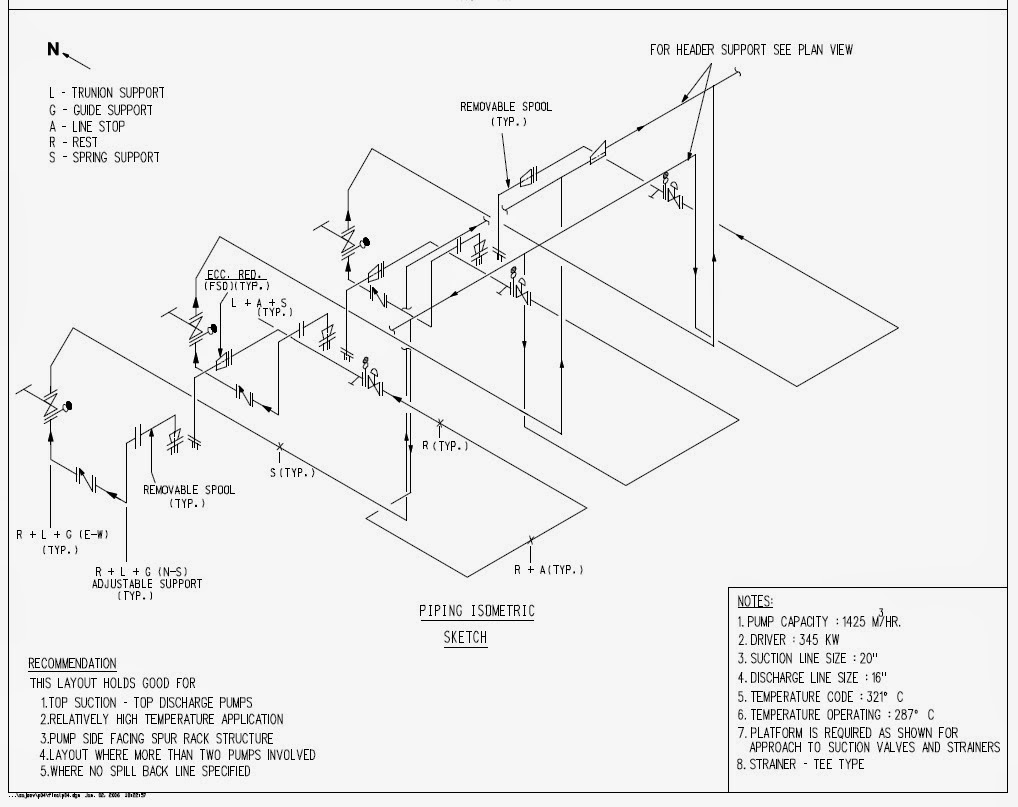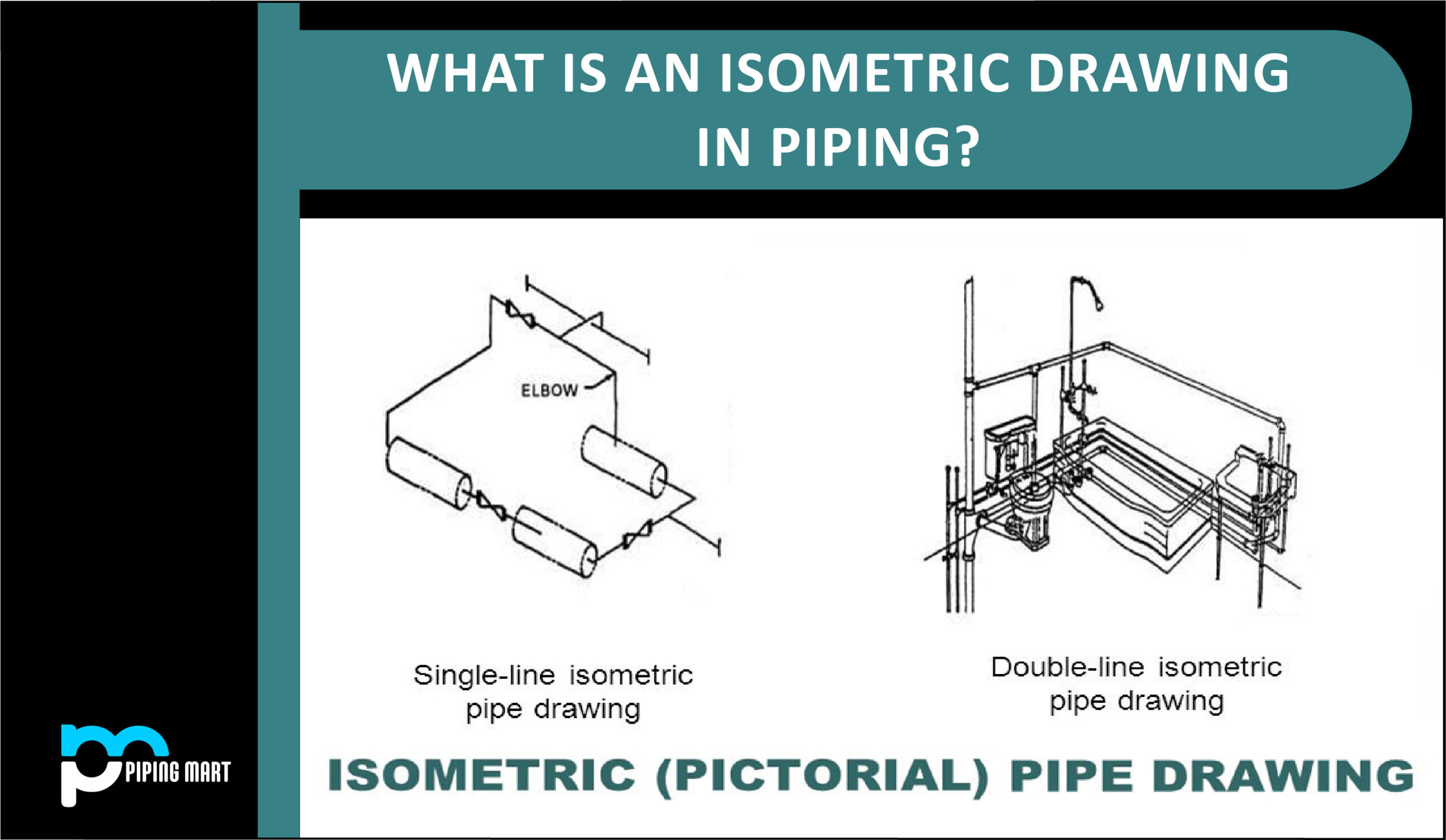

Like P&IDs, electrical prints are not usually drawn to scale.Įxamples of typical single lines are site or building power distribution, system power distribution, and motor control centers. They provide the same types of information about electrical systems that P&IDs provide for piping and instrument systems. Electrical Single Lines and SchematicsĮlectrical single lines and schematics are designed to present functional information about the electrical design of a system or component. Because P&IDs provide the most concise format for how a system should function, they are used extensively in the operation, repair, and modification of the plant. These drawings only present information on how a system functions, not the actual physical relationships. Just because two pieces of equipment are drawn next to each other does not indicate that in the plant the equipment is even in the same building it is just the next part or piece of the system. P&IDs are usually designed to present functional information about a system or component.Įxamples are piping layout, flowpaths, pumps, valves, instruments, signal modifiers, and controllers, as illustrated in Figure 6.Īs a rule P&IDs do not have a drawing scale and present only the relationship or sequence between components. Fabrication, construction, and architectural drawings.


This chapter will introduce the five common categories of drawings. The previous chapter reviewed the non-drawing portions of a print. To read a drawing correctly, the user must have a basic understanding of the various categories of drawings and the views and perspectives in which each drawing can be presented.


 0 kommentar(er)
0 kommentar(er)
